The Mathematics of Festive Crafts | Creative STAR Learning
The run-up to the stop of this term is commonly a frantic function. In between the get-togethers and performances, there is plenty heading on. It also usually means that using the festive options to recap and evaluation do the job carried out previously can be one particular way of operating a tiny smarter. So, with this in brain, I imagined I would illustrate the prospects of nature craft activities as a way of endeavor some practical maths.
At this level I want to notify you that this concept was encouraged by the amazing pictures in this publish. They are not mine but the get the job done of Lily Rowe-Horseman of Kindling. On her Fb and Pinterest pages she has other illustrations of artistic artwork, several of which are character-primarily based or can be carried out outside the house.
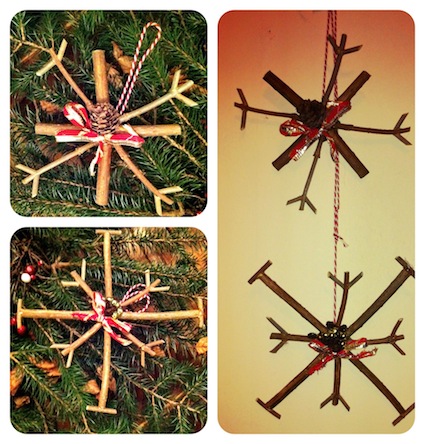
In the photo earlier mentioned, Lily produced these rustic snowflakes. They are a pretty technological know-how venture involving hot glue guns and persistence. It is also an opportunity to evaluation ideas all over symmetry – alongside a person or much more axis or even rotational symmetry. A feasible follow-up investigation is to see if the amount of angles in the snowflake is immediately linked to its rotational symmetry….
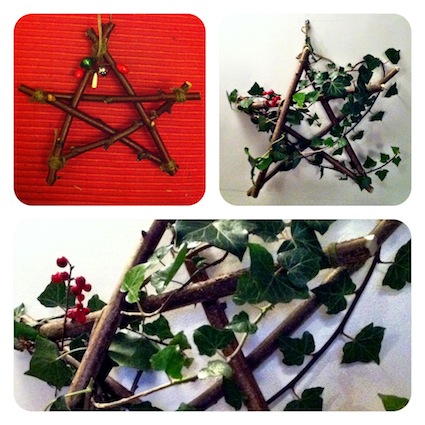
Building stars is a well-liked activity. Applying sticks to do this produces excellent maths worries. The initially is to discover five straight-ish sticks of the very same length (or 6, if you come to a decision to make the Star of David). Up coming is functioning out how to weave these collectively. The final activity is to function out how to lash the sticks together so that the star does not drop apart. With young youngsters utilizing elastic bands may be a lot easier. A excellent extension of this activity is to problem more mature youngsters to draw a five-pointed star without having lifting their pencil off the paper. This can also be carried out outside with a stick drawing in mud, sand or snow. From listed here, the kids can use long willow stems which could be accessible following pruning a willow composition. The small children have to get the job done out how to measure the willow stem properly and to fold it so that it makes a star without the require for it to be slice.
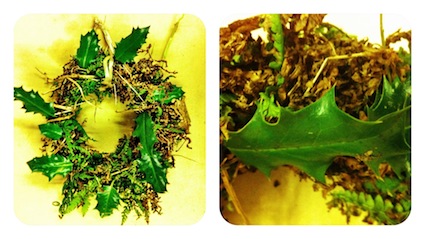
The wreaths in the previously mentioned images have been produced from lifeless bracken which seems to make a really great foundation for sticking leaves and other pure objects into. This can be applied to take a look at of revise elements of sample perform. For case in point, can we produce a translating pattern? How about a sample with vertical reflective symmetry? Are there examples of spiralling patterns we can build by weaving or sticking objects into the wreath?
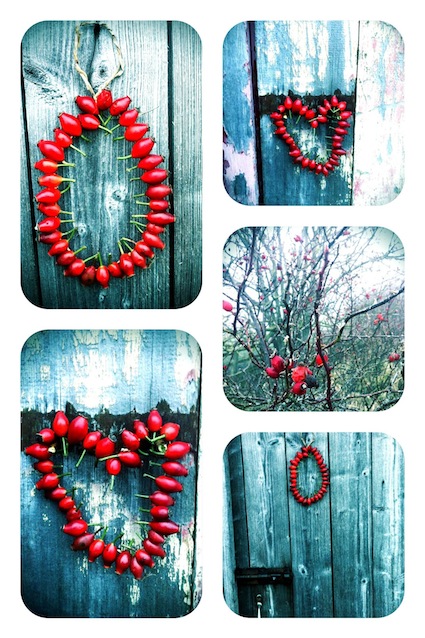
Earlier I have blogged about berries on wire. Rosehips are continue to existing in my back garden and these work perfectly for this activity. I believed youngsters may well love building easy maths worries based mostly on threading berries on to wire. For case in point, how numerous unique wreath styles can be designed with 18 berries? Does this transform if you use 24 berries or 30 berries? Bear in mind there need to generally be a gap in the middle with a wreath.
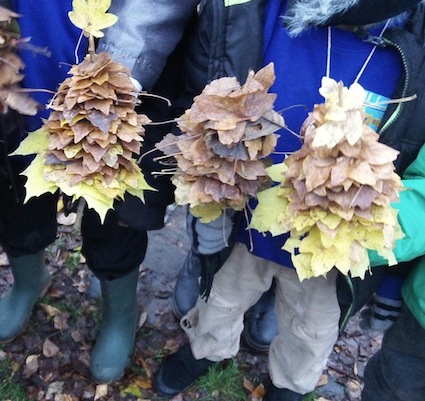
Ultimately, I had to demonstrate off the fantastic leafy trees designed by small children attending a Forest University session run by Alex Douglas-Kane, who has kindly allowed me to put up the photograph over. This gathering activity is a minimal more difficult than its initial appearance. The youngsters utilized a stick on to which they threaded the leaves. However treatment experienced to be taken to be certain the leaves grew to become progressively smaller sized as they were being stacked on top of each and every other. Conclusions experienced to be produced about the leaf colors and dimensions and the total task associated ongoing estimation of measurement. Many thanks Alex!
This blog site write-up was initially posted in December 2013.
